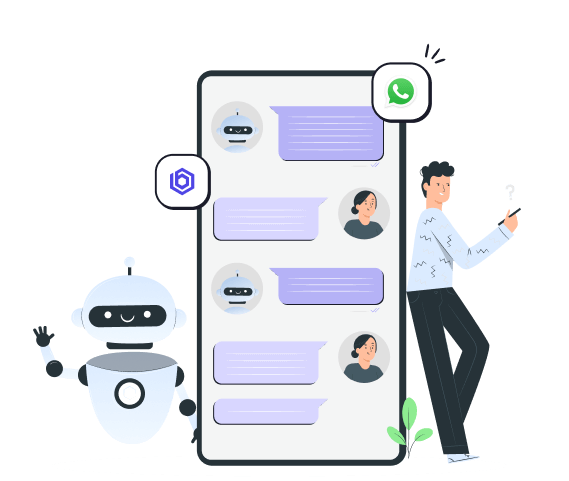Document not found, overwrite this content with #not-found slot in <ContentDoc>.

Bring ChatGPT to your Website
Why settle for the ordinary?
Harness the might of automation for your enterprise, deliver real-time AI-driven responses, and amplify productivity and profits.
- Easy API Integration
- Custom Chatbots Trained on Your Data
- Multi-Platform Compatibility
- Quick Deployment in Minutes
- Get Started for Free